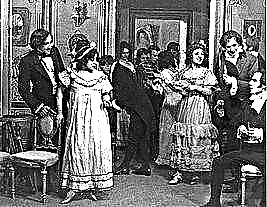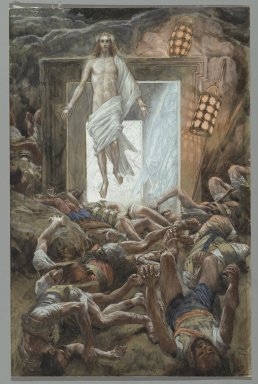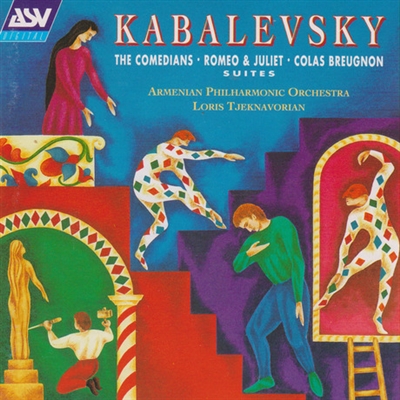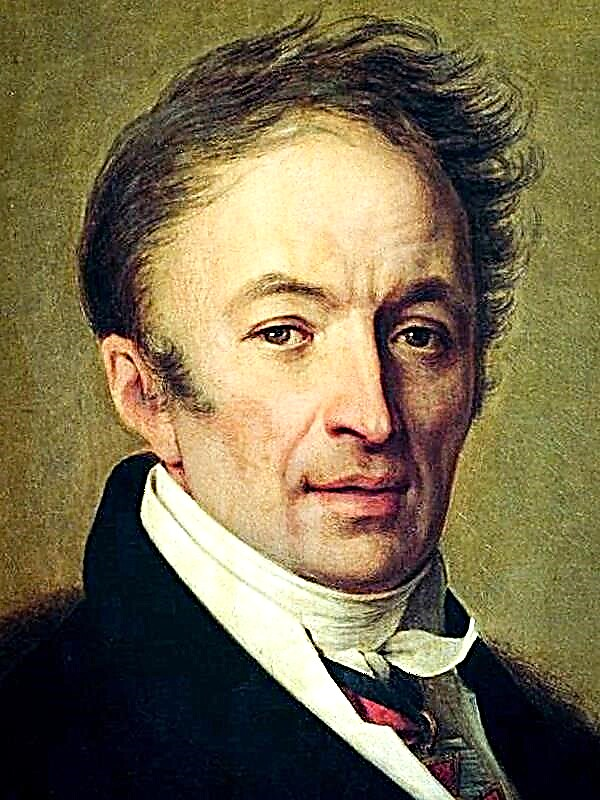Share
Pin
Tweet
Send
Share
Send
In Russian literature there are many examples that characterize art and craft. For example, N.V. Gogol often paid attention to this topic, some of his characters were representatives of creative professions or craftsmen. A particularly famous work of this kind is the novel “Portrait”, in which each student will find a suitable argument for himself.
- (People do not see or recognize true talent) In the story, the main role is played by the young, but promising for a successful future, artist Chartkov. The poor young man eludes a “miserable” existence: he rents a studio on Vasilievsky Island, for which he does not have enough money to pay, after which they are going to evict the hero; wears an old overcoat, and a dandy dress, not matching the latest fashion. But what is so remarkable about Chartkov’s life? What is hidden behind the shell, which can not be seen with a normal look. The talent of the artist, as his professor also told him: “You have talent; it will be a sin if you destroy him. ” He develops this gift and endures such a beggarly life. But for most people this does not matter: they look at a rude young man who does not have a dime for his soul; and they don’t see a wonderful artist, awarded with a rich, incomparable creative talent with any money.
- (The reasons for the loss of creative talent) The death of talent under the wag of self-interest and the nearness is inevitable. We can be convinced of this by the example of Gogol's work “Portrait”. The gifted hero of the story finds a bundle with gold pieces in a portrait he recently bought. The joy instantly takes possession of the young man: he was completely poor, when, by a lucky coincidence, so much money fell into his hands that he, without worrying about anything, can work and paint for three years without a break. But no matter how noble the first impulses of Chartkov were, all of them crumble before the dark envy of fashionable artists. The hero could not stand such a bright temptation: the first thing he ran to the tailor and bought himself a bunch of different perfumes, lipsticks; then he hired an expensive and magnificent apartment on Nevsky Prospekt, where he transferred all things; Then I bought an advertisement in one of the magazines. Fame was secured. Chartkov is made a fashionable artist and paints numerous portraits of a wide variety of ladies and men who proclaim him a genius. But behind this idleness and all orders lies something more: a gradual loss of talent. Chartkov strayed from his chosen path, cheating on himself. Drawing pictures, he no longer puts his whole soul, all his aesthetic talent and a lot of painstaking work into them. The main thing for him is only the whole, the general expression, which he can achieve by the speed and sleight of hand, as a result of which the same type of "ideal portraits" are obtained. So the author shows the fall of talent, personality and art under the influence of public opinion and because of the greed of the bearer of the gift. We are witnessing the transformation of these aesthetic goods into the ordinary prose craft.
- (Does art heal or destroy? The meaning of creativity) Art carries not only aesthetic pleasure, but also holiness and virtue. This can be fully convinced thanks to Gogol’s novel “Portrait”. In the second part of the work, we are introduced to a self-taught artist who, nevertheless, was able to learn and acquire all the skills, laws and abilities that distinguish a professional artist. Once a man received an order from the church: you need to portray the spirit of darkness. Here, by a lucky coincidence, a terrible money-lender comes to him and asks to write his portrait. “What is better? - He himself asked to be a devil in my picture, the master thought and agreed. But he was not destined to finish the work: the demonic eyes that he had written with the moneylender did not give him rest, and soon the man threw this order. But this incident was not without consequences: soon, when trying to write new works, the painter noticed that in every new painting this terrible look is present. In order to eradicate the imprint of evil from his soul and creativity, the man goes to the monastery, where he tries to conduct the service with the utmost severity. And only thanks to years of work, repentance to God and extraordinary dedication, the master could eradicate the evil principle in himself, which he brought, agreeing to paint a portrait of the usurer. He painted an unusually beautiful and holy picture on the theme of the Nativity of Jesus. Thus, art can heal the human soul, but it can also destroy it, it all depends on how the person perceives the energy that the creative impulse undoubtedly possesses.
- (Are all crafts equally useful?) Various options and types of professions surround us all our lives. Many of them make our lives more comfortable, helping to facilitate the satisfaction of our daily needs. Others help diversify our lives by bringing new, previously unseen colors to it. Some help develop the intellectual and moral aspects of personality. But are all kinds of crafts so deeply rooted in the world around them aimed at supporting life and developing personality? Gogol’s novel “Portrait” will help us answer this question. In the second part, we are introduced to the poorest part of St. Petersburg, called Kolomna. Life in this area is so dysfunctional and wretched that its residents, in search of quick and temporary help, have to resort to loans from money lenders, who soon came here and gave loans at a large percentage. Out of the whole mass, one stood out, unlike his competitors, who had any amount of money. A strange circumstance accompanied his clients: everyone who took a deposit from him faced misfortunes. Thus, not all crafts are created to help people and society. So, the craft of the moneylender, presented in the work, is caused only by a thirst for wealth, which is achieved due to the hopeless situation of poor citizens. Moneylenders take advantage of them, forcing the poor to get into even more serious debts.
- What is art and craft? And how do they differ? The answer to this question can be found in the work of Gogol "Portrait". To determine the difference between these concepts, we turn to the figure of Chartkov, the protagonist of the first part of the story, a young artist living in poverty on Vasilievsky Island. The young man, even during his studies, the professor predicted a bright future if he would work on his talent and increase it. And Chartkov, guided by these words, spends most of his time in front of the canvas, putting his whole soul into his works, and gradually develops his talent and gains experience. But one day, by the will of fate or fatal accident, the hero falls into the hands of a bundle with a hundred chervonets, and he, unable to withstand the temptation, becomes a fashion artist: he buys himself an expensive and fashionable suit, rents a magnificent apartment, makes himself an advertisement in a magazine, after which he begins to paint portraits of various secular people to order. But his works of that aesthetic beauty, the soul that he put in all the paintings, are no longer visible, and there is no trace, a reflection of that talent that distinguishes his creations. The artist understands this and is trying to relocate the shackles that have bound his talent for so many years, but all attempts are futile: the image is wrong, without imagination and emotions. On the example of Chartkov, the author contrasts the man of art, who believes in what he is doing, striving for beauty, and not profitable and driven by good impulses, to a craftsman who does his work for the sake of money and position and fulfills orders for routine installation.
Share
Pin
Tweet
Send
Share
Send












